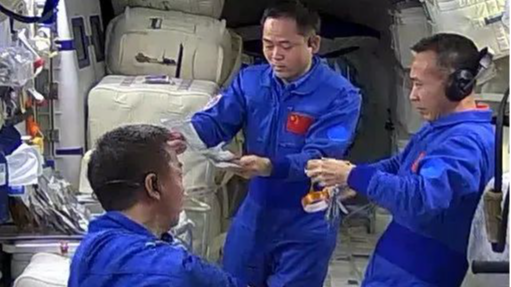When the Shenzhou-15 astronaut crew collected cabin swabs in May 2023, they didn’t expect to meet an entirely new life form.
After months locked in low-temperature storage back on Earth, a team from the China Manned Space Agency launched a deep dive into the station’s microbial world.
By combining classic morphological observation with cutting-edge genome sequencing, phylogenetic analysis and metabolic profiling, researchers confirmed a novel species—officially named Niallia tiangongensis.
The results, published in the International Journal of Systematic and Evolutionary Microbiology, showcase the China Space Station Habitation Area Microbiome Program in action. This initiative, part of the station’s engineering and aerospace technology experimental program, tracks dynamic changes and ensures safety control of microbes during long-term orbit operations.
For young innovators and thought leaders, this discovery sparks big questions: Could space-hardened microbes inspire new biotech breakthroughs or sustainable life-support systems?
As the frontier of space research expands, Niallia tiangongensis is a reminder that even the smallest discoveries can reshape our vision of tomorrow.
Reference(s):
Chinese scientists discover a novel species in China Space Station
cgtn.com




